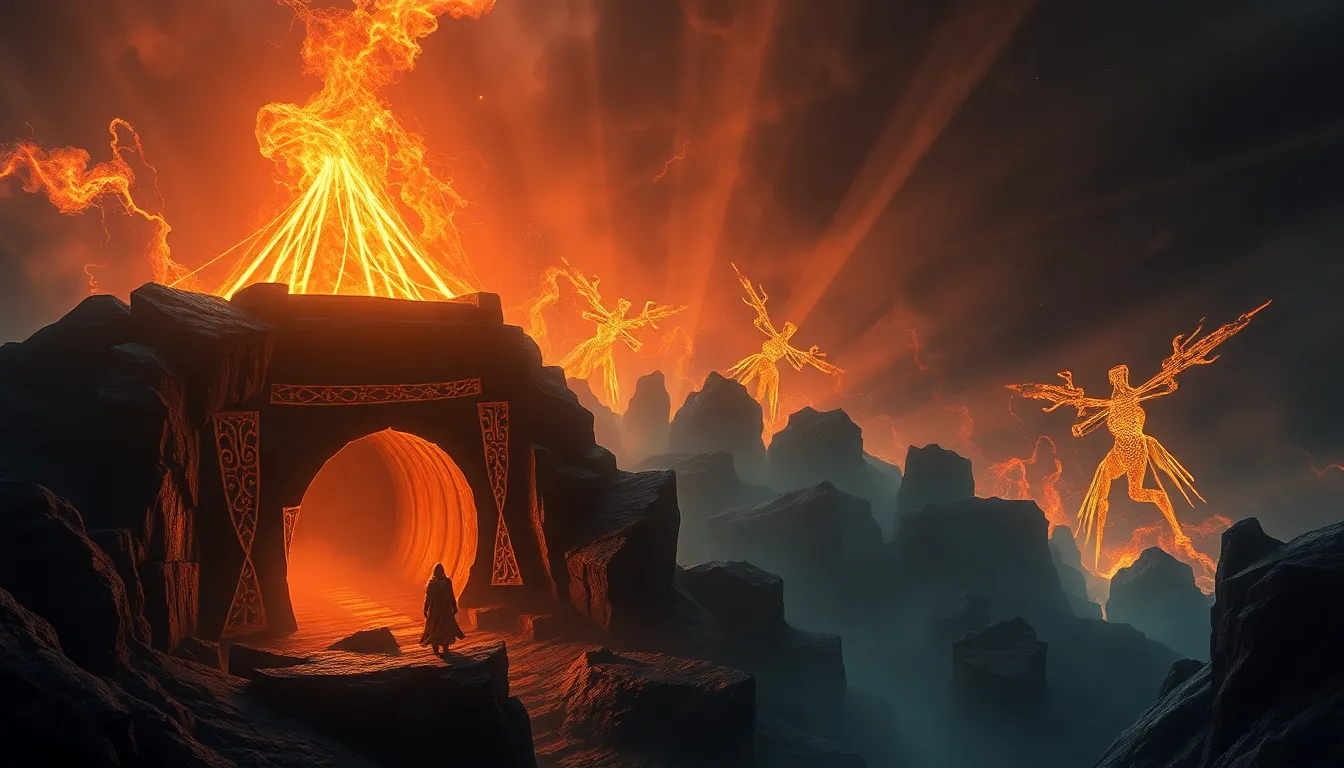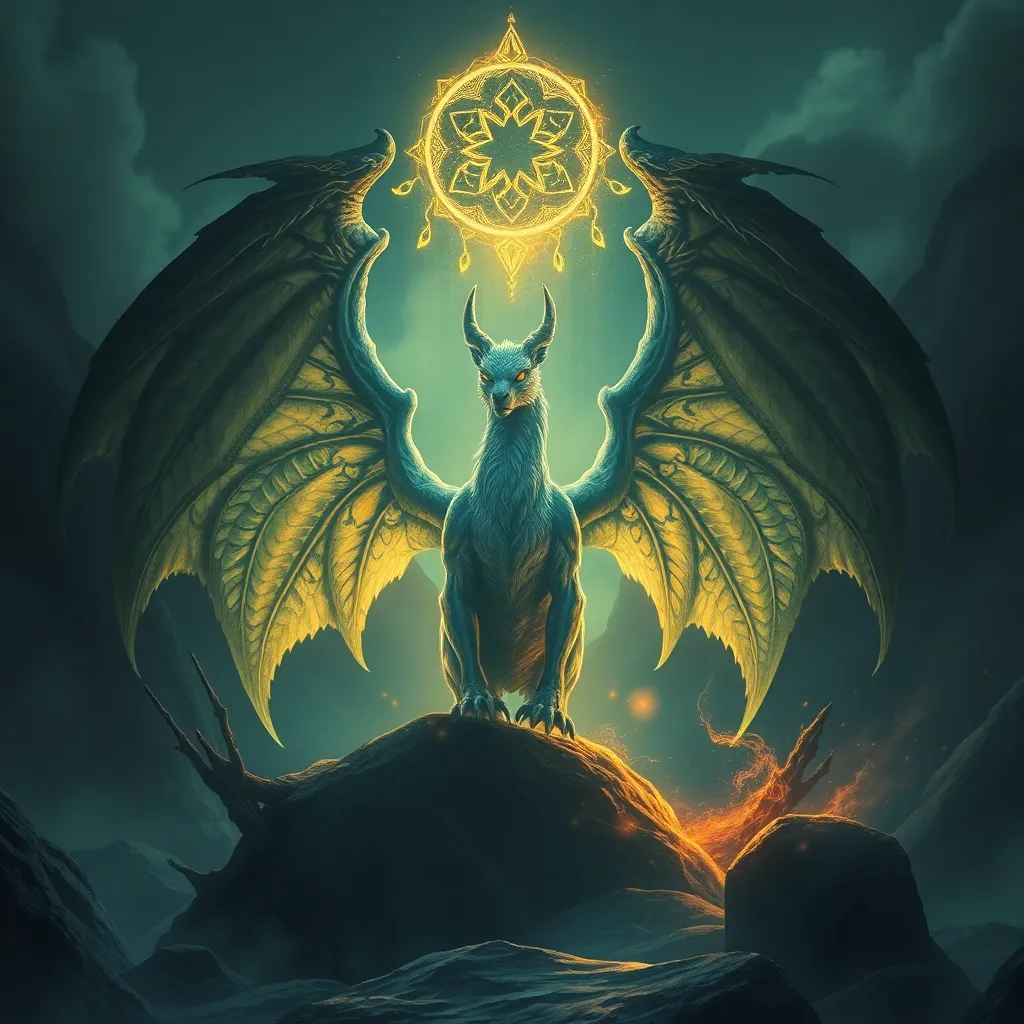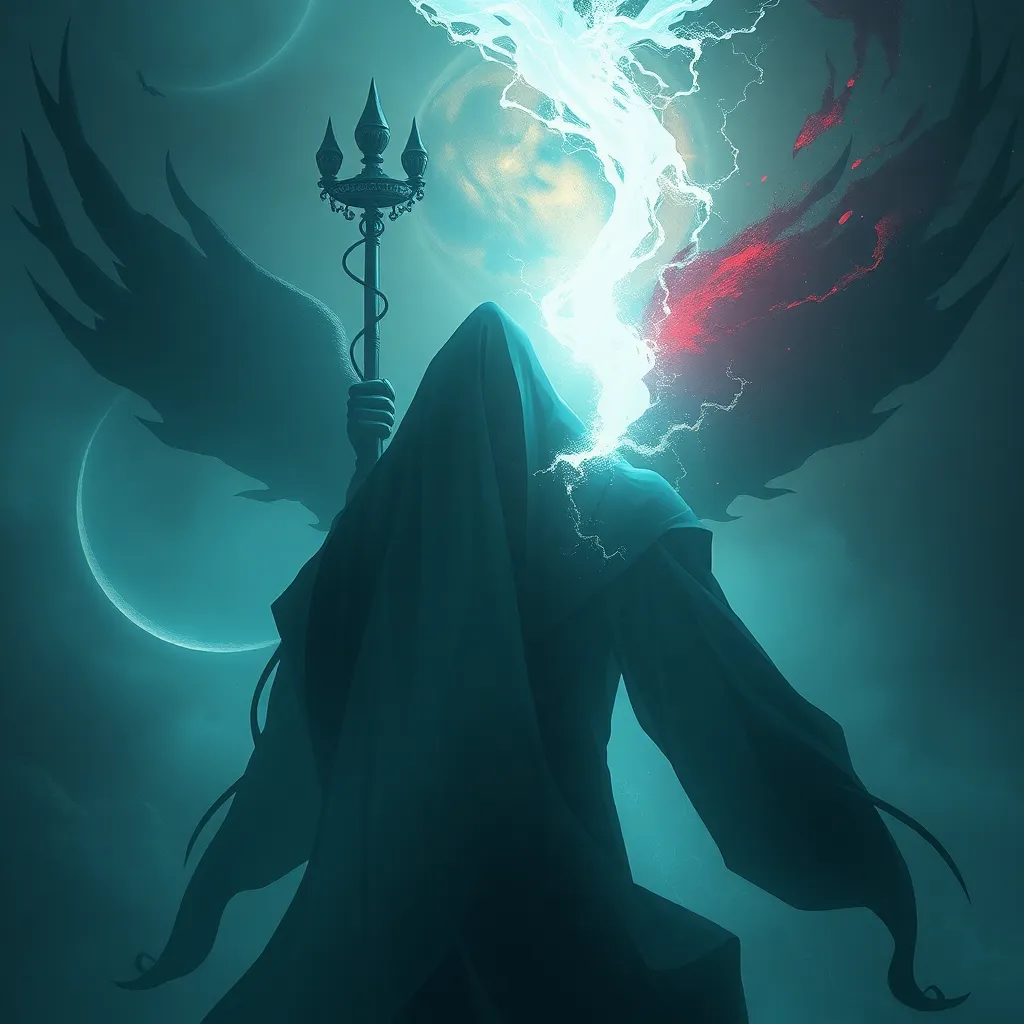The Underworld: Myths That Challenge Our Understanding of Life
Introduction: The Allure of the Underworld
The concept of the underworld has intrigued humanity for millennia, serving as a powerful symbol in various cultures. The underworld, often depicted as a realm where souls dwell after death, varies significantly across civilizations. From the ancient Greeks to contemporary spiritual beliefs, these myths not only reflect cultural attitudes towards death but also provide insight into the human condition.
This article aims to explore the significance of underworld myths in understanding human existence. By examining different interpretations across cultures, we can uncover the underlying themes of transformation, morality, and the quest for meaning in life and death.
The Underworld in Ancient Civilizations
Ancient civilizations conceptualized the underworld in unique ways, each offering a glimpse into their beliefs about life after death.
- Mesopotamian Mythology: In Mesopotamian culture, the underworld was ruled by the goddess Erishkigal. It was a bleak place where all souls went, regardless of their earthly deeds, emphasizing a rather democratic view of death.
- Ancient Egyptian Beliefs: The Egyptians viewed the afterlife as a journey through the Duat, a complex realm filled with trials and the judgment of the heart against the feather of Ma’at, determining one’s fate in the afterlife.
- Greek Hades: Hades, the Greek god of the underworld, symbolizes both the place of the dead and the afterlife itself. The Greek understanding of Hades has profoundly influenced Western thought regarding death and the moral implications of one’s life choices.
Cultural Variations: The Underworld in Different Religions
Religious interpretations of the underworld present a diverse tapestry of beliefs regarding morality, punishment, and redemption.
- Christian Concept of Hell: In Christianity, Hell serves as a place of punishment for the wicked, while Purgatory offers a chance for purification before entering Heaven. This duality reflects the moral framework of Christian teachings.
- Hindu Understanding of Naraka: In Hinduism, Naraka is a temporary place where souls are punished for their sins before being reincarnated. This cyclical view of life promotes moral behavior, as actions in one life impact future existences.
- Indigenous Spiritual Beliefs: Many Indigenous cultures view the underworld as a sacred space tied to the earth and ancestral spirits, emphasizing a connection between the living and the deceased.
Symbolism of the Underworld: Death and Rebirth
Underworld myths often embody themes of death and rebirth, reflecting the cyclical nature of life.
- Cyclical Nature of Life and Death: Many cultures perceive death not as an end but as a transition, suggesting that life and death are intertwined in an eternal cycle.
- Transformation and Personal Growth: The underworld serves as a metaphor for inner transformation, where facing fears can lead to personal growth and enlightenment.
- Resurrection Myths: Stories like those of Persephone and Osiris highlight themes of resurrection, illustrating how death can lead to new life and renewal.
The Psychological Perspective: The Underworld as the Unconscious
From a psychological standpoint, the underworld can be seen as a representation of the human psyche and unconscious fears.
- Reflection of the Human Psyche: The underworld symbolizes the hidden aspects of ourselves that we often avoid or repress.
- Jungian Analysis: Carl Jung described the underworld as the ‘shadow self’, the parts of ourselves that we do not acknowledge, yet shape our behavior and emotions.
- Therapeutic Potential: Engaging with these “underworld” elements in personal narratives can lead to healing and self-discovery.
Underworld Myths and Moral Lessons
Underworld stories frequently convey moral and ethical teachings that resonate through generations.
- Consequences of Human Behavior: Myths such as Orpheus’s descent to retrieve Eurydice and Dante’s journey through Inferno illustrate the repercussions of human actions and choices.
- Judgment and Redemption: Many underworld narratives incorporate themes of judgment, emphasizing the importance of moral integrity and the potential for redemption.
Modern Interpretations of the Underworld
Today, the reinterpretation of underworld myths in literature and media reflects contemporary views on life and death.
- Contemporary Literature: Many authors weave underworld themes into modern narratives, exploring existential dilemmas and the human experience.
- Film and Art: Visual artists and filmmakers draw inspiration from these myths, creating works that challenge and expand upon traditional concepts of the afterlife.
The Underworld and the Concept of the Afterlife
Across cultures, beliefs about the afterlife stem from ancient underworld myths, shaping modern spiritual movements.
- Comparative Afterlife Beliefs: Examining various afterlife concepts reveals both universal themes and distinct cultural differences.
- Influence on Contemporary Spirituality: Many modern spiritual practices draw from these ancient beliefs, seeking to understand and connect with the afterlife.
Challenges to Understanding: The Underworld’s Complexity
The complexities of the underworld pose ongoing challenges to our understanding of life and death. As we navigate these ancient narratives, we must confront our beliefs, fears, and hopes regarding our existence beyond the physical realm.
In conclusion, the myths of the underworld serve as profound reflections of human existence, offering insights into morality, transformation, and our quest for meaning. By exploring these ancient tales, we gain a deeper understanding of ourselves and the shared human experience.


